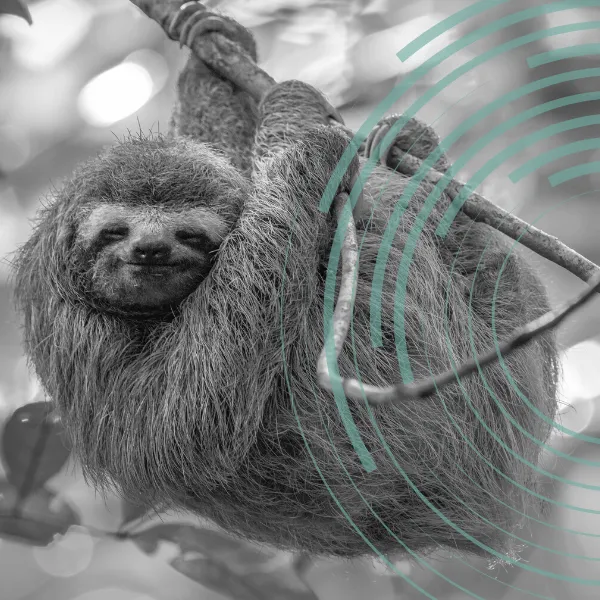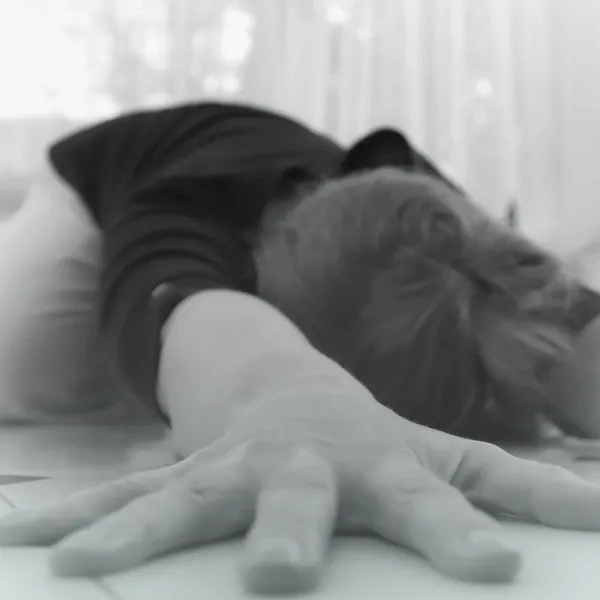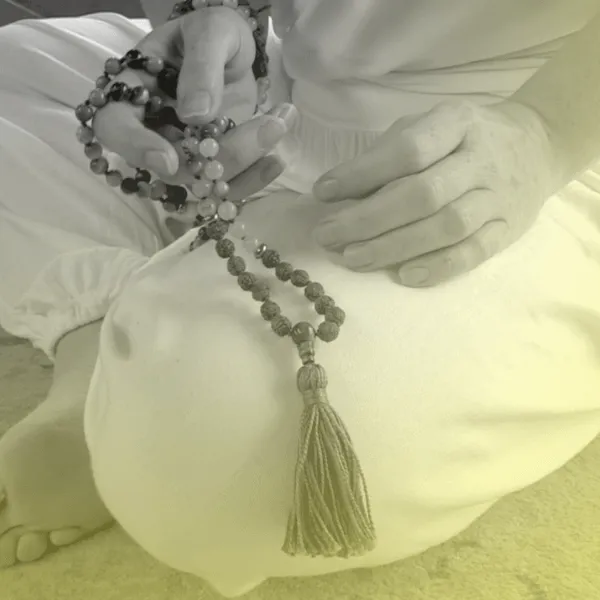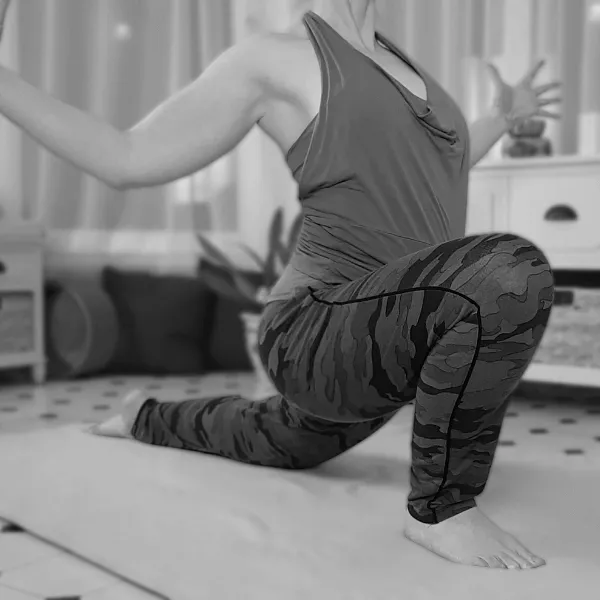The Secret Connection Between Meditation and Stretching
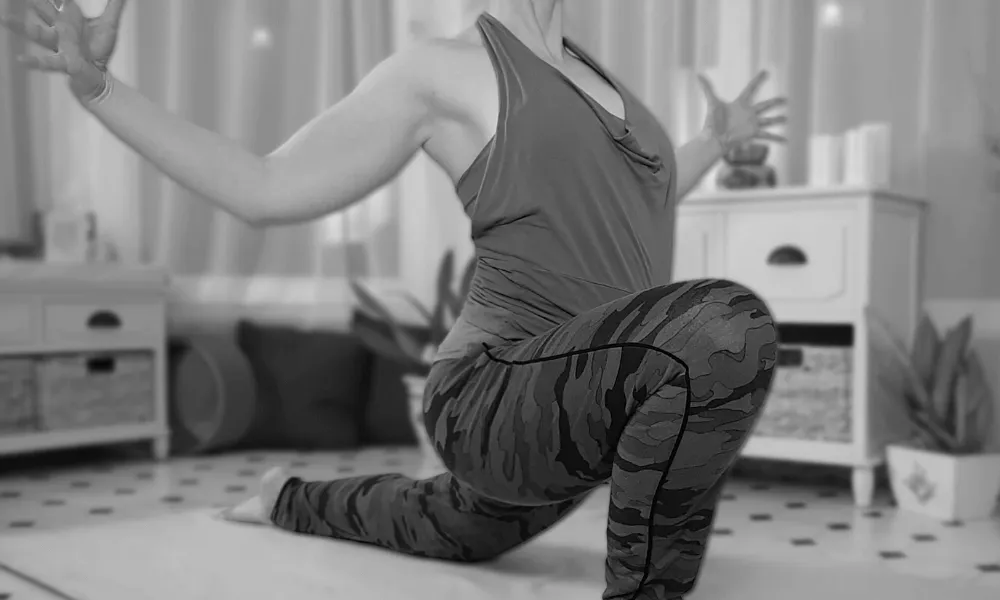
Yoga has been around for a long time, evolving over the years to offer many different styles and approaches each with its own set of pros and cons. In the West, we’ve become particularly fond of the physical stuff, with a habit of glossing over the deeper work that comes as part of dedicated yoga practice.
When I first began my journey into the world of slow yoga and yin, I was reminded that originally the physical aspect of yoga was not about building big biceps or having great abs but was actually a system of stretches designed to provide the necessary physical and mental preparation for meditation.
When I teach, I don’t see asana and meditation as two separate activities. They complement and enhance one another. Meditation can be found in many different places and it’s definitely not required to sit cross-legged chanting ohmmmmm…unless you want to.
Whether you’re practicing yoga, doing something with the word ‘shred’ in it or hula-hooping, be sure to make your sessions more productive and comfortable by working on your flexibility.
You’ll be able to sit longer and more comfortably, reduce the likelihood of injury and feel space and freedom in your body.
Below I’ve put together some of the benefits of the perfect combination of stretching and meditation for your total well-being.
Also on the blog:
Let’s Talk About Stretch, Baby
8 Ways to Develop Your Meditation Practice Today
Physical Benefits of Stretching
- Sitting becomes more comfortable. A limber body adjusts more easily to any posture. You’ll be able to relax whether you’re seated on a chair or a cushion on the floor without straining to hold yourself there.
- Better posture. Slumping in front of a computer or TV causes a shortening in some muscles and lengthening in others. Over time this restricts movement and can weaken your joints. Stretching correctly (I’d always recommend working with a pro when you first start, to understand your body and its specific needs) will teach you how to correct your alignment and carry your body weight more efficiently.
- Breathe more effectively. Controlling breath while stretching teaches you how to use it for more effective movement. Stretching your muscles helps to increase circulation throughout your body so all the cells get a big boost of oxygen too.
- Extend your sessions. Even one minute of meditation can produce dramatic results and you can easily incorporate a few minutes of quiet time into any workout. As you surrender to the stillness, you can place attention on the breath and not looking at your phone – this simple act can have a profound effect on your wellbeing for the rest of the day. You can gradually increase your ‘quiet time’ to reap even more benefits.
Mental Benefits of Stretching
- Shift your attention inwards. Stretching promotes mindfulness. When you turn your attention to what you are experiencing as you stretch the outside word melts away almost as quickly as your tension! Instead of forcing your body to stretch you learn how to soften and sink into it, moving when your body is ready, not when you WANT it to be ready.
- Heighten your awareness. Taking time each day to tune your attention inwards, will strengthen your intuition, leading you to make better choices and generally be happier. Yup, who’d have thought that stretching out your hammy’s after a run could get your spider-sense broadcasting loud and clear?
- Boost your energy levels. You’ve probably noticed that even small body movements can help you wake up when you start to drift off during a boring meeting. A long stretch is an ideal way to stimulate dormant energy and to feel more relaxed and able to handle what the day will throw at you.
- Reduces distractions. When you’re giving your full attention to that deep, delicious and maybe slightly uncomfortable stretch, it’s actually pretty hard to think about the broken dishwasher or that report you should’ve finished yesterday. You’ll see faster results from stretching when you engage both your body and mind so anytime you find your mind wander, gently acknowledge that you’ve drifted and bring yourself back to the present (no matter how unpleasant it might be feeling).
- Sharpen your concentration. Since stretching boosts your concentration, you can apply this to your meditation session and all other daily activities. Set a timer for your stretches and commit to being still for the duration – start off small and build up, even a couple of minutes in the beginning can feel like a lifetime.
When meditating, set a goal that you can focus on like seeing how long you can watch your breath. Like an excited puppy your mind will jump around so it needs to be trained with consistent action.
Stretches to Help Meditation
Practice sitting poses. The traditional meditation posture is called lotus and it awakens your energy while it quiets your mind but it’s not necessary to ‘pretzel’ yourself into a pose like this. Sit in a comfortable place and focus on how you can create space between the pelvis and the ribs, lengthening your spine. Use plenty of props to support your body where you need it.
Twist around. Twisting from the waist squeezes out toxins and helps your circulatory system and internal organs function better.
Strengthen your core muscles. Stretching is good for your muscles and in particular the muscles in your back and abdomen. You’ll lower your risk of back pain and have more energy for meditation and daily tasks. Try starting each morning with a few rounds of sun salutations to stretch and strengthen your whole body.
Release neck tension. Sitting and sleeping in awkward positions can create chronic neck troubles. If you have difficulty lowering your head to your chest, gentle head rolls and other movements can put things back on track.
Soothe your shoulders. Are you in the habit of keeping your shoulders raised when you work? Try pressing your fingertips towards the floor when sitting or standing. Notice how your shoulders peel away from your ears creating space. You can come back to this throughout the day.
Wiggle your toes. You might be surprised to discover how much your toes can move once you give them a break from being squeezed into shoes all day. Curling and spreading your toes will cut down on foot pain and improve your balance. Each of the lower body energy meridians begins or ends in your feet so keeping this part supple and pliable helps to maintain the flow of energy in your entire body.
Recharge your meditation practice by training for flexibility. Increasing your range of motion reduces stress and muscle soreness. You’ll feel more supple and peaceful during your meditation sessions and in the hours in between.

